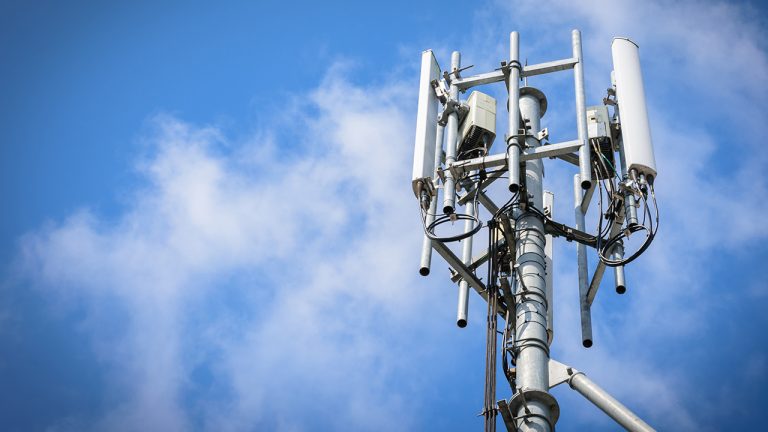5G Implementation: Strategies and Challenges for Success
telcomatraining.com – The global rollout of 5G technology is transforming the digital landscape, promising unprecedented speed, ultra-low latency, and massive device connectivity. As telecom operators, governments, and businesses race to implement this next-generation network, the journey to 5G success involves strategic planning, substantial investment, and overcoming technical and regulatory hurdles. In this article, we explore key strategies for effective 5G implementation and analyze the major challenges that stakeholders must address.
The Importance of 5G Technology
5G is more than just a faster network. It enables new possibilities in sectors such as healthcare, manufacturing, transportation, and smart cities. With speeds up to 100 times faster than 4G and the capacity to connect billions of devices simultaneously, 5G is essential for powering innovations like autonomous vehicles, remote surgery, augmented reality, and the Internet of Things (IoT).
Strategies for Successful 5G Implementation
1. Infrastructure Modernization
A foundational step in 5G deployment is upgrading existing network infrastructure. Unlike 4G, 5G relies heavily on small cells, fiber-optic cables, and edge computing. Telecom providers must invest in dense network architecture to support millimeter wave (mmWave) frequencies and ensure seamless connectivity in urban and rural areas. Governments can play a key role by facilitating access to public infrastructure and streamlining the approval process for new installations.
2. Spectrum Allocation
Efficient use of spectrum is crucial to maximize 5G’s potential. Regulatory bodies must allocate sufficient spectrum across low, mid, and high-frequency bands. Auctions must be fair, transparent, and designed to promote innovation while avoiding monopolization. Dynamic spectrum sharing (DSS) and refarming existing bands are also effective techniques to speed up deployment and reduce costs.
3. Public-Private Partnerships
Collaboration between public and private sectors is essential. Governments can support 5G deployment through funding initiatives, policy development, and cross-industry collaboration. Private companies, meanwhile, must invest in research and development, workforce training, and ecosystem partnerships to build scalable 5G solutions.
4. Cybersecurity Framework
With increased connectivity comes increased vulnerability. 5G networks must be designed with security at their core. A robust cybersecurity strategy should include threat detection systems, encryption protocols, network slicing security, and continuous monitoring. International cooperation is also needed to create unified standards and prevent cyber threats across borders.
5. Consumer and Business Education
Adoption depends on understanding. Stakeholders must educate businesses and the public about the benefits, applications, and requirements of 5G. Workshops, online resources, and pilot programs can help bridge the knowledge gap and drive demand for 5G-enabled services.
Challenges Facing 5G Deployment
1. High Deployment Costs
Building a 5G network requires significant financial investment. From installing small cells to acquiring spectrum licenses, the costs can be prohibitive, especially for developing countries or smaller operators. Finding ways to reduce CAPEX and OPEX through sharing infrastructure and adopting open RAN (radio access network) models can help.
2. Regulatory and Policy Issues
Inconsistent policies across regions can slow down 5G deployment. Harmonization of standards, faster approval processes, and favorable policies are essential to ensure smooth and timely rollouts. Additionally, addressing concerns about electromagnetic radiation and privacy is critical for public acceptance.
3. Technical Complexity
5G is more complex than previous generations, involving network slicing, edge computing, and virtualization. Integrating these components requires skilled labor, robust testing environments, and flexible deployment strategies. Shortages in qualified personnel can become a bottleneck in implementation.
4. Rural and Remote Area Coverage
While urban areas benefit first, rural and remote regions often lag behind due to lower return on investment. Bridging the digital divide requires targeted policies, subsidies, and innovative solutions like satellite 5G and community-based models.
Conclusion
5G implementation is a transformative step toward a connected, digital future. While the road is challenging, adopting smart strategies and addressing key barriers can pave the way for successful and inclusive deployment. As technology continues to evolve, stakeholders must remain agile, collaborative, and forward-thinking to fully realize the promise of 5G.







